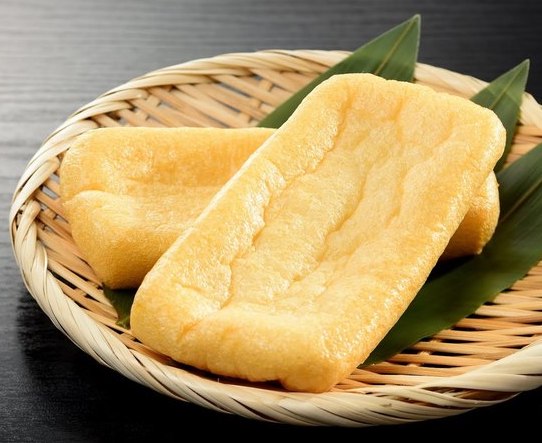
by Elizabeth Andoh | Jul 27, 2020 | Recipes, Summer
Foxy Fried Tōfu Japanese culinary culture is filled with references to foxes and their fondness for abura agé (fried tōfu). Names of dishes made with fried tōfu will often allude to this fox connection. Sometimes you see the word itself, kitsuné (fox) as part of the...
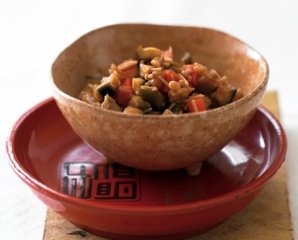
by Elizabeth Andoh | Jul 15, 2020 | Recipes, Summer
Photo from KANSHA © Copyright Leigh Beisch (Styled by Karen Shinto) 夏の福神漬けNatsu no Fukujin-ZukéSeven Good Fortunes of Summer Named after the Seven Gods of Good Fortune, Shichi Fukujin, this pickle is made from an assortment of chopped vegetables with the addition of...
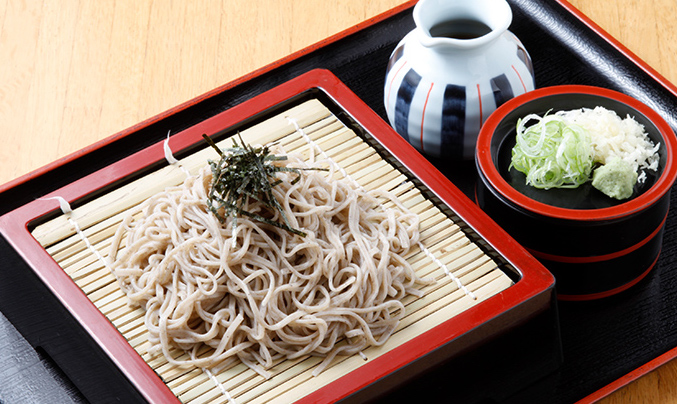
by Elizabeth Andoh | Jul 1, 2020 | Recipes, Summer
COLD NOODLES: Part TWOそば・蕎麦・SOBA Most soba noodles are made from 80% soba (buckwheat) flour and 20% wheat flour; these are known as hachi wari soba (literally 80% soba). If you wish to make your noodle dish gluten-free you will need to buy jū wari soba, noodles made...
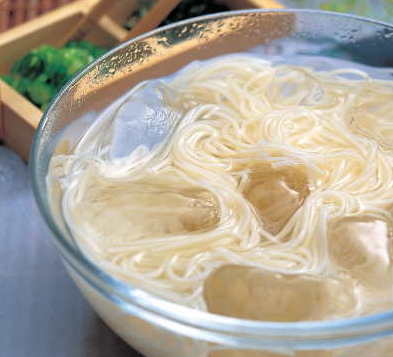
by Elizabeth Andoh | Jun 18, 2020 | Recipes, Summer
Survival strategy for hot, humid days: Chilled Sōmen Noodles-on-the-rocks! DOWNLOAD information on buying, storing and cooking sōmen and serving the noodles. © Photo by Leigh Beisch Styling by Karen Shinto ネバネバそうめん Slithery Sōmen Noodles Mouth feel (the way a food...
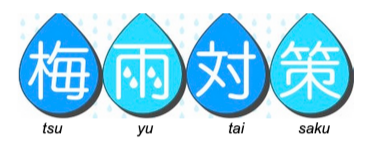
by Elizabeth Andoh | Jun 1, 2020 | Recipes, Summer
RAINY SEASON KITCHEN TSUYU (梅雨 literally, “plum rain”) comes to the Japanese archipelago every year as spring turns to summer. The constant dampness of tsuyu encourages the growth of kabi (mildew, and molds) requiring a strategy (taisaku 対策) … and...






